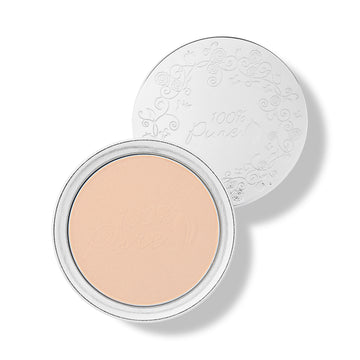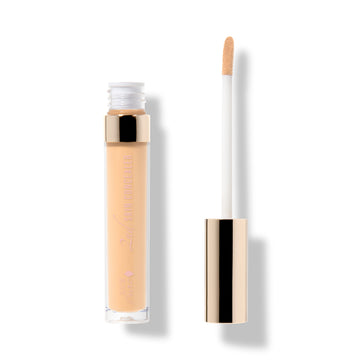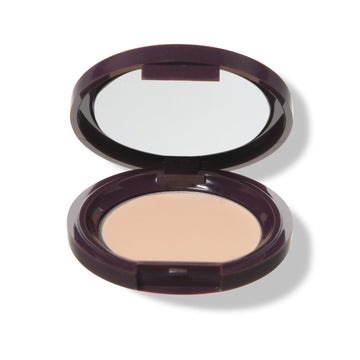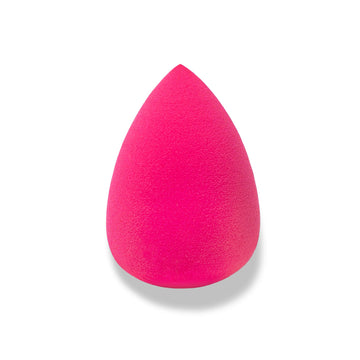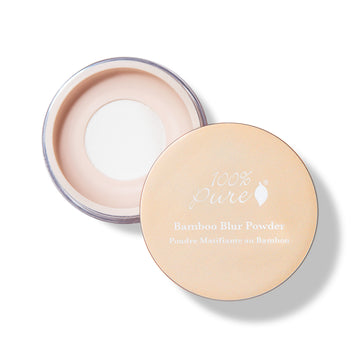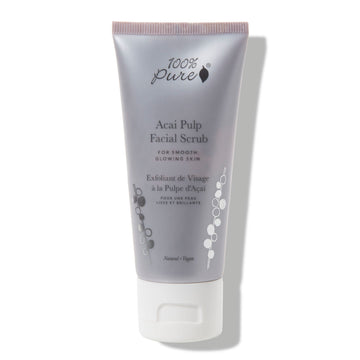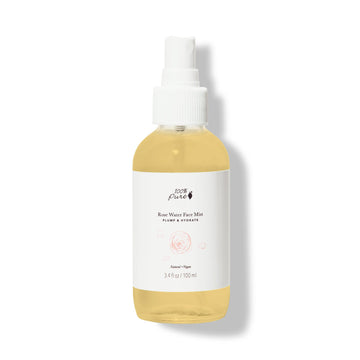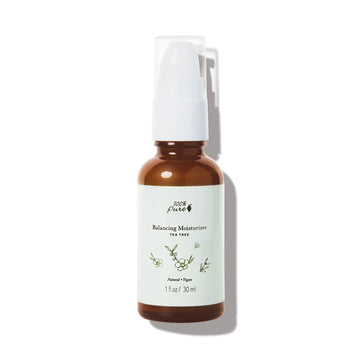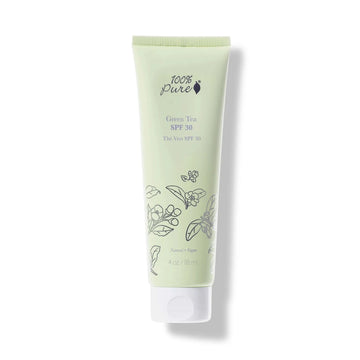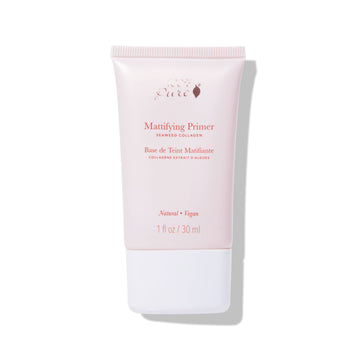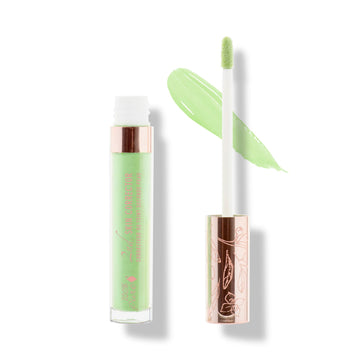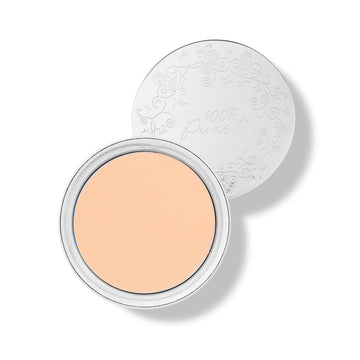The best cover-up tips for camouflaging pesky pimples
Written by: 100% PURE®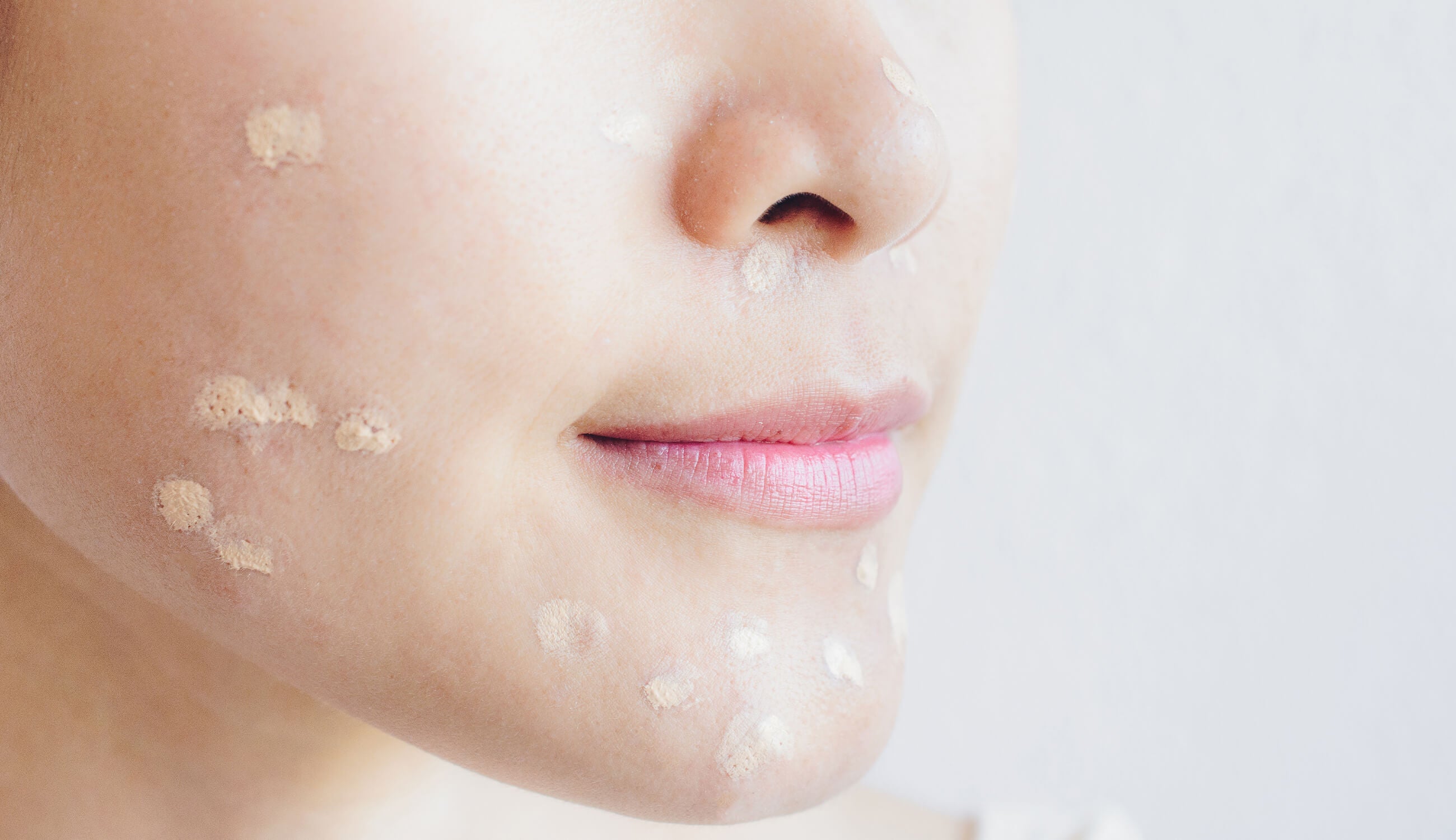
When we get a pimple – or worse, acne breakout – our first instinct is to cover it up with makeup. This pimple-banishing psychosis may lead to obsessive layering of concealer, which often leads to cakey skin and suspicious dark patches.
Thankfully, there are certain makeup techniques that can help to minimize the appearance of pimples. Keep scrolling to find out how to prep your skin for the ultimate in acne and pimple coverage, plus product faves that will have you saying ‘hello’ to a perfectly camouflaged complexion.
Pimples deviously pop up during the most inconvenient times, and can be tricky to cover. Just as an acne breakout has the potential to rattle your confidence, it can also lead to a slew of complexion complications.
#1: Redness
No matter how small or trivial the pimple, it can leave behind a stubborn red mark long after it clears up. Redness can be caused by picking at blemishes, leaving a dark spot that hangs around for days or even weeks.
Redness can also occur when excess oil, bacteria, and dead skin cells push deeper into the skin, plugging a hair follicle or pore. This inflammation causes small, red bumps or inflamed acne.
#2: Scarring
One of the greatest skin care conundrums of all time: acne scars. These pesky tissue disruptors occur from popping a blemish too soon, too harshly, or when bacteria has not been cleansed from the pore. Tissue or a scar forms in its place or forms when a clogged pore is especially deep – potentially causing damage and irritation in the epidermis.
#3: Puffiness
Inflamed acne consists of puffiness, redness, and pores that are deeply clogged with bacteria, oil, and dead skin cells. This inflamed skin can experience swelling and discomfort, and appear most often on the face.
#4: Rough texture
Uneven skin texture is commonly a result of excessive build-up of dead skin cells on the surface of the skin. This can make areas of the skin feel rough or bumpy to the touch, and makes it nearly impossible to apply makeup evenly.
#5: Scabbing
Scabbing can be a good thing, as it’s the body’s natural response to healing a wound. But if you mess with a pimple scab too much – pick, squeeze, scratch – you risk further damage. The more damage you do to the scab, the longer it will take the pimple to heal. Disrupting a scab before it’s ready to fall off on its own is also one of the best ways to trigger an unwanted acne scar.
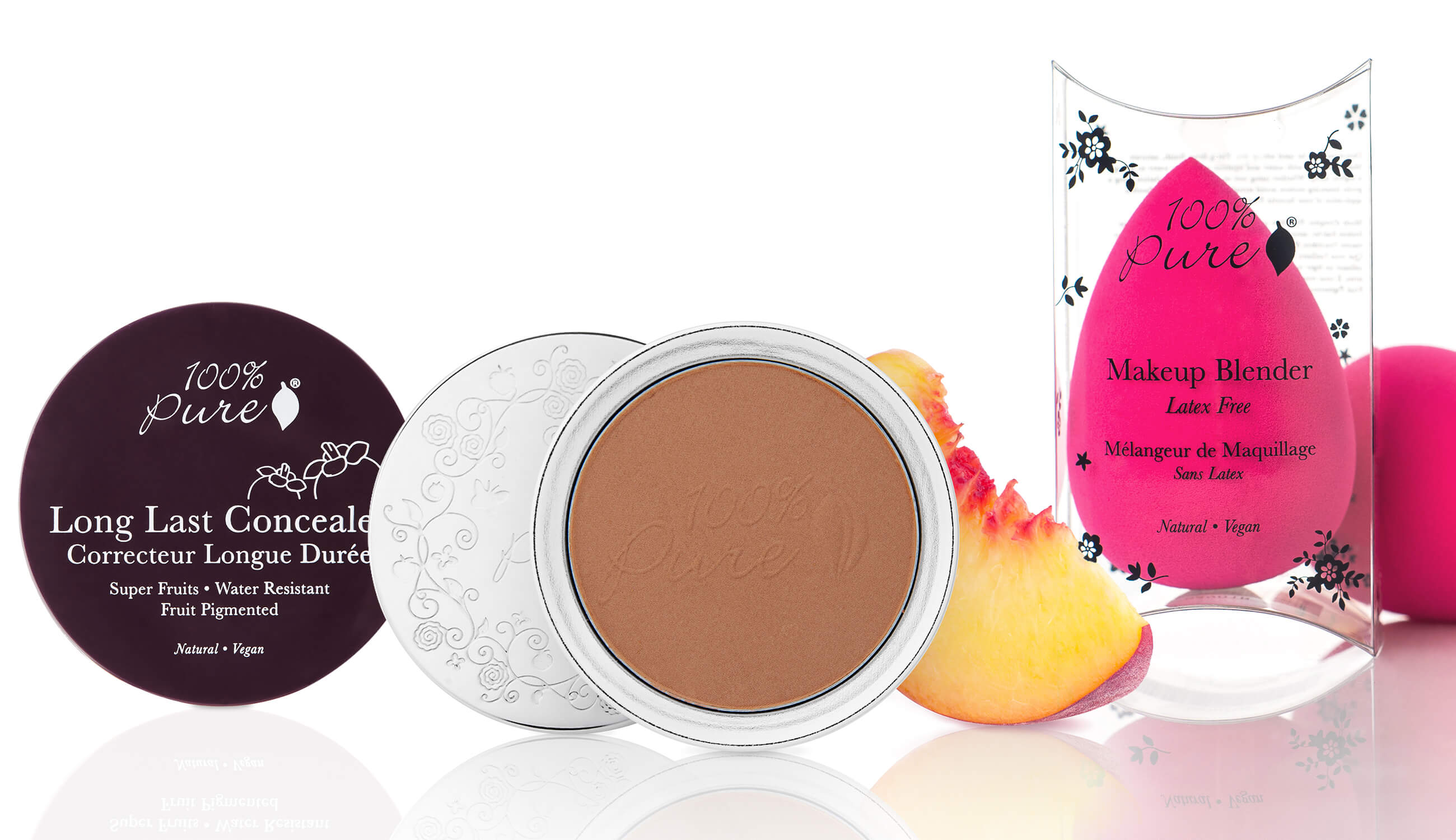
When learning how to cover pimples with makeup, know that the pre-makeup steps are perhaps the most important. Proper skin care is key – especially for acne and pimples – and essential for an even makeup application.
First, you’ll want to exfoliate your skin and remove any dead skin from older blemishes, which will grab onto makeup and look flaky.
Use a natural toner to swipe away any leftover dead skin cells, makeup, or other bacteria that your cleanser might have missed.
Before applying makeup, you’ll want to use a light moisturizer or broad spectrum sunscreen.
Finally, ensure skin care is fully absorbed before starting your makeup. The better your skin looks to begin with, the better the complexion will look – and the better you can cover pimples with makeup.
When we don’t have the time to let our pesky pimples breathe, sometimes we just have to whip out the makeup products to tone down their appearance. But it can be difficult to know where to start, or how to cover acne with makeup without looking cakey.
Try these makeup tips to effectively cover pesky pimples!
#1: Apply a primer
An essential step in any flawless face routine is a makeup primer. You’ll want to apply a primer that won’t clog pores, and can help minimize the appearance of large pores. This helps your foundation glide over your skin for a seamless appearance.
Our Mattifying Primer effectively fills lines and reduces shine without any harmful silicone. It’s made with seaweed collagen, which plumps the skin for a youthful look while eucalyptus extract fights acne.
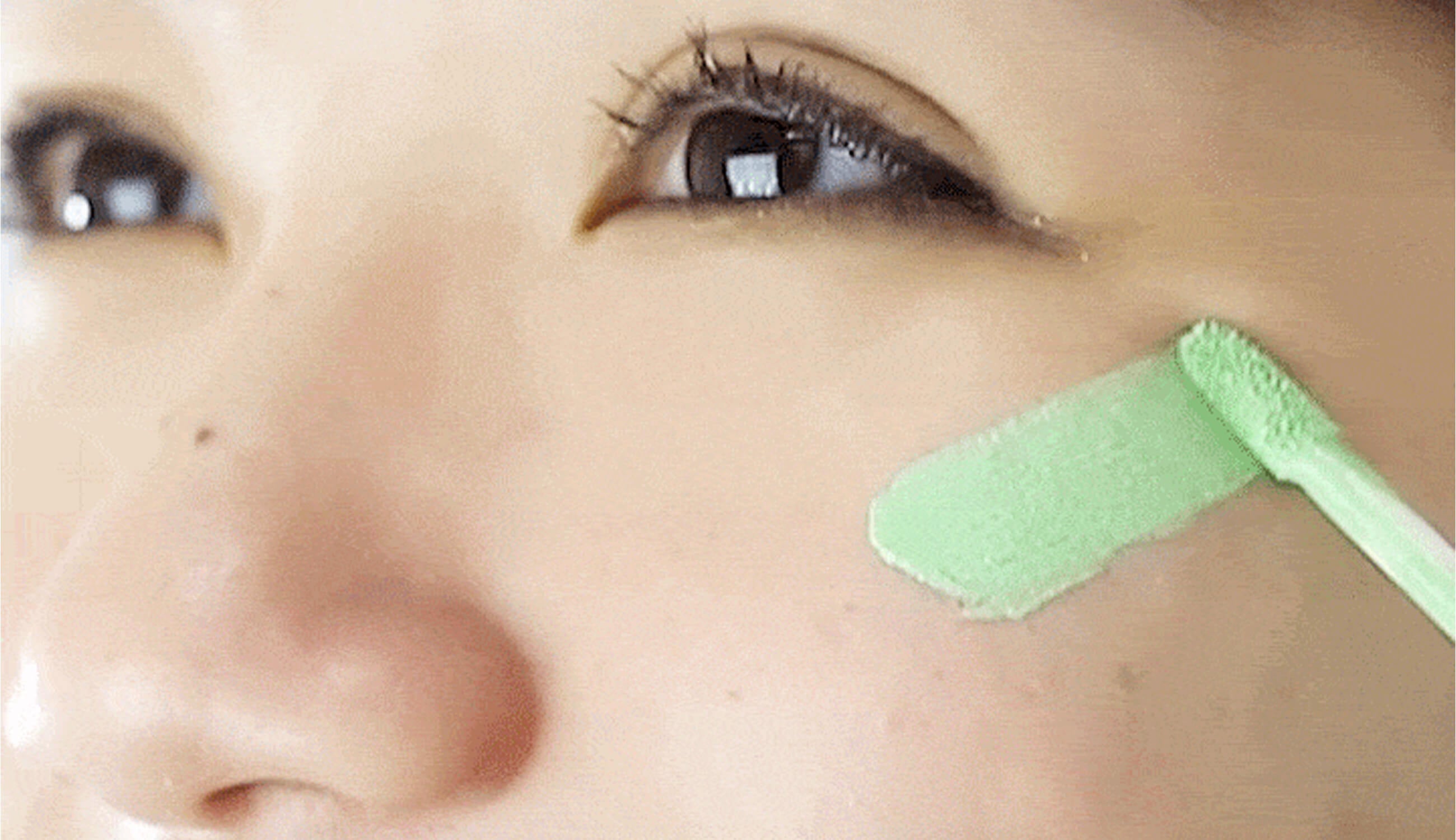
#2: Target redness with a color corrector
If concealer isn’t cutting it when it comes to covering red pimples, then a color corrector will be your new BFF. Reach for a green concealer: as red’s opposite on the color wheel, green will literally cancel out the appearance of redness.
#3: Apply your base or foundation
To conceal pimples properly, you’ll first need to find a well-matched foundation. If you’re looking for medium to full coverage with a glow, our Fruit Pigmented® Cream Foundation glides on effortlessly, blends well, and offers a boost of moisture.
If you have larger noticeable pimples or oily skin, our Fruit Pigmented® Powder Foundation is great for concealing acne and keeping oil at bay. Purifying white tea and eucalyptus kill acne-causing bacteria to prevent breakouts. Rose petals reduce inflammation and redness, while helping to balance oil production.
#4: Apply concealer after base layers are set
After your base layers have had time to settle, you can cover acne marks and pimples with concealer. Our 2nd Skin Concealer is easily blendable and buildable. And won’t have to worry about caking or creasing thanks to hydrating olive squalene. You’re left with a silky smooth, satin matte finish.
Extra tough breakout days call for a full coverage concealer. For a dewy finish, our Long Last Concealer features a creamy, blendable formula that can conceal any imperfections while soothing inflammation and irritation (great for calming breakout areas).
PRO-TIP: To easily blend concealer into skin, use a clean finger. You can also apply with a dry makeup sponge for seamless blending and coverage over acne and pimples.
#5: Set your makeup
Our Bamboo Blur Powder is a true makeup hero, providing setting power and light coverage for pimples. Made with only one ingredient, bamboo silica, this powder refines any makeup look by blurring pores, fine lines, and imperfections.
While it can be tricky to conceal pimples with makeup, just remember that skin care can help. And with some user-friendly tips, you’ll be well on your way to a smooth complexion!
We carefully hand-select products based on strict purity standards, and only recommend products we feel meet this criteria. 100% PURE™ may earn a small commission for products purchased through affiliate links.
The information in this article is for educational use, and not intended to substitute professional medical advice, diagnosis, or treatment and should not be used as such.












